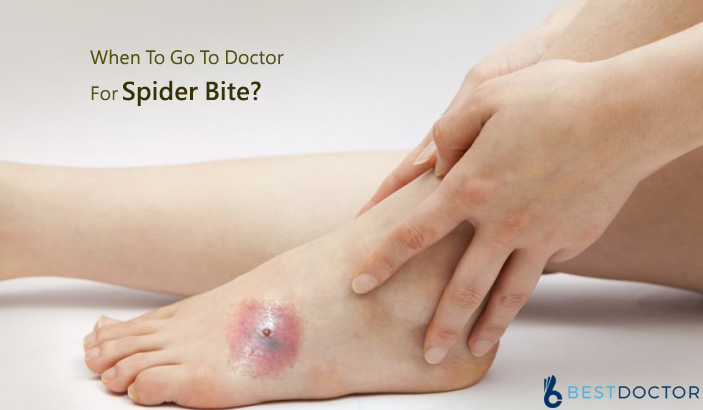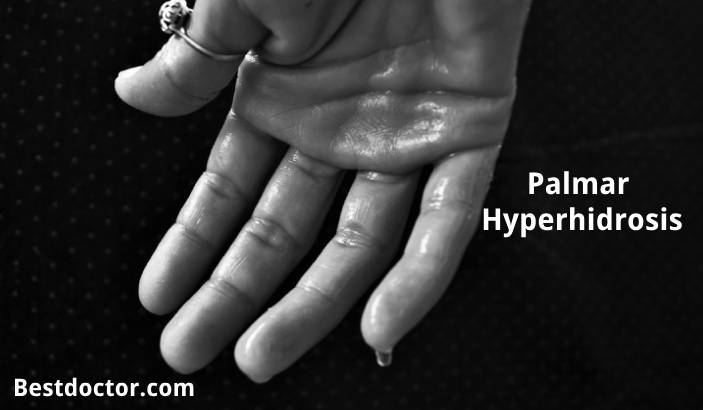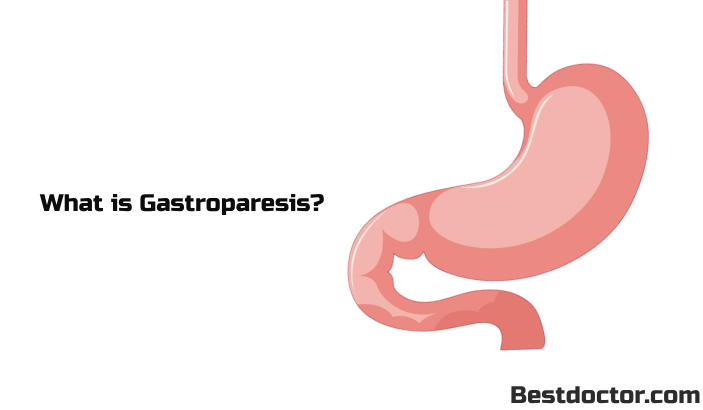More than 40000 variants of spiders can be identified worldwide, making them the largest number of species. Spider bites are a fairly common occurrence and rarely cause medical emergencies. Except for 2 known groups, all spiders are known to have venom glands which inject toxin into the blood when they bite.
Spider bites, also called arachnidism, can result in mild signs and symptoms which subside without the need for medications. Rarely can they be severe causing a life-threatening illness. Spider bites are therefore most frequently under-diagnosed or misdiagnosed.
Most spider bites are harmless whereas a specific category of spiders exist which can cause serious medical complications due to their neurotoxic or necrotic venoms.
A spider identification chart helps to categorize the type of spider and toxicity of their bites
| Toxicity | Spiders |
| Deadly and Dangerous | Sydney funnel web spider
Redback spider Mouse spider |
| Painful Bite | Common Black House spider
Wolf spider Whitetail spider |
| Low Risk | Trapdoor spider
Garden Orb-weaving spider Saint Andrews cross spider Huntsman spider |
In several cases, patients do not even recollect being bitten by a spider. This article will help you understand why a spider bite may be dangerous and when to go to the doctor for a spider bite.
When To Go To Doctor For Spider Bite?
Spider bites result in mild form anaphylaxis (allergic reaction). Reactions from spider venom occur due to two types of toxins.
- Neuro-Toxic – Affecting the central nervous system
Example: Black widow spiders (may cause damage to heart muscles), Australian funnel web (may cause pulmonary edema) and Brazilian wandering spider - Necrotic – Affecting and causing the destruction of tissue surrounding the bite
Example: Recluse spider (causes hemolysis – the destruction of red blood cells) and South African sand spider
You Need To Go To The Doctor If You Notice The Following Red Flag Signs and Symptoms
- Pain of severe intensity lasting for more than 24 hours and not responding to medication
- Increase in inflammation presented by redness and swelling at the site of the spider bite, not responding to medication
- Fever greater than 100 degrees Fahrenheit along with other signs and symptoms
- Persisting or worsening of signs and symptoms
- Profuse Sweating – Could indicate affection of heart muscles due to spider venom
- Bleeding from the site of the spider bite
- Pus formation at the site of spider bite – Indicates a secondary bacterial infection of the wound site
- Blackish discoloration of the wound
- In case of bite from spiders like Black widow spiders, recluse spider (also widely found in India) or Australian funnel web, treatment should be sought immediately since they can potentially cause serious medical emergencies
Treatment of Spider Bites
- The wound has to be washed thoroughly with water and bactericidal soap
- Ice application is used to reduce inflammation and swelling
- NSAIDs, analgesics and anti-allergic medications may be used to manage signs of inflammation such as pain, swelling, itching and inflammation
- Anti-venoms are available for biters from Black widow spider, Australian funnel web and recluse spider.
- Antibiotics are rarely required if pus formation occurs at the wound site.
- In case of spider bites from dangerous species, patients may require hospitalization and cardio-respiratory and neurological status of these patients needs to be monitored.
- A more specific treatment for spider bite can be administered if the spider can be caught or identified.
Signs and symptoms such as pain, redness and mild localized swelling are generally transient and self-limiting. Spider bite wounds heal gradually over a period of a few weeks or months.
When To Worry About A Spider Bite?
In most of the cases, spider bites mimic bug bites and do not cause severe signs and symptoms. In some cases, however, serious complications can be noticed.
You need to worry about a spider bite in one or more of the following conditions:
- If you have been bitten at more than one site
- If you are already undergoing treatment for hypertension or diabetes. These conditions can complicate a spider bite
- If you have been bitten by any one of the spiders known to have neurotoxic or necrotic toxins
- If a child or an elderly person has been bitten by a toxic species of spiders then it worries some as these two categories of people present with a severe allergic reaction
- If pain at the site of spider bite is sharp and intense and lasts longer than 24 hours
- If the pain radiates to other parts such as abdomen or back – Commonly found in bites from black widow and recluse spiders
- If the pain is associated with muscle cramps, joint pains and aches
- If the pain is associated with gastric symptoms such as abdominal cramps, nausea and vomiting
- If spider bite is followed by fever and profuse sweating
- You need to get an opinion from a doctor if the spider bite if followed by bleeding from any site or unusual bruised spots on the skin
- If you notice neurological signs and symptoms such as muscular twitching, headache and dizziness, weakness of the affected side or part of the body, confusion, disorientation or seizures and unconsciousness
- If the bite wound becomes a deep ulcer, starts appearing blackish and starts oozing pus – This is suggestive of destruction of surrounding tissue along with bacterial infection of the wound site
- You need to worry about a spider bite if you notice signs and symptoms of anaphylaxis (allergic reaction)
- Swelling or constricted feeling inside the throat
- Difficulty in breathing
- Wheezing while breathing
- Dizziness and unconsciousness
Complete eradication of spiders is relatively impossible. Some ways in which you can prevent spider infestation and bites are
- Keeping surroundings clean and dust free
- Regular use of pesticides in the home environment especially in large cracks and crevices, bases, wooden structures of the house and old boxes and furnitures
- Inspect clothes before wearing them
- Wear full clothes when handling dusty items or while cleaning
Dr. Himanshi is a Homoeopathic consultant and currently working as a lecturer in Post-graduate faculty of Homeopathy, Parul University, Vadodara. Completed BHMS and MD in Homeopathy in January 2018 and also has a clinical experience of about 6 years. Personal interests include reading, spending time with family and traveling.








Enhancing Your Career Opportunities with Improved Vision from LASIK Surgery in Manhattan
What Does Cloudy Urine Mean in Females and Males?
Palmar Hyperhidrosis: Understanding Causes, Symptoms, and Treatment
16 Warning Signs You Need to Go See Your Doctor As Early As Possible